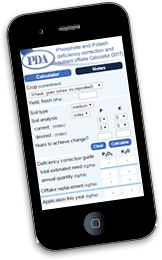Nutrient removal from stewardship options
November 2020
Stewardship schemes can form a vital part of a farming business, for both social and financial reasons. That can be the case whether it’s the existing schemes, or future ones yet to be finalised. Many of the highest paid options for arable land are the part or whole field parcel, rotational options, such as AB1 (Nectar Flower Mix) and AB8 (Flower-rich margins and plots). Some of these options, including the AB15 (two-year legume fallow), do not allow forage to be grazed or conserved, therefore whatever is grown on the plots or fields is returned back to the same area in the form of plant residue. Any nutrients pulled out of the soil by plant roots, will become available as the residue decomposes.
For other options however, the removal of cuttings is recommended to avoid weed ingress and patches of dead material developing. These options are often also ones where inputs are restricted or prohibited, particularly nutrition. Where these part or whole field parcel have been in place for a number of years and are returned back to the rotation, it would be worth analysing soils to understand the impact of the removal of residue over the years without any nutrients being returned in the form of manure or fertilisers. It is possible that where the crops have established well, they may have improved soil structure, scavenged the soil at depth and made nutrients more available. However, it is just as possible, that where large quantities of fresh, green plant material have been removed over a number of years, the amount of potassium taken off the areas, without any returns, could be significant, leading to a reduction in soil reserves.

